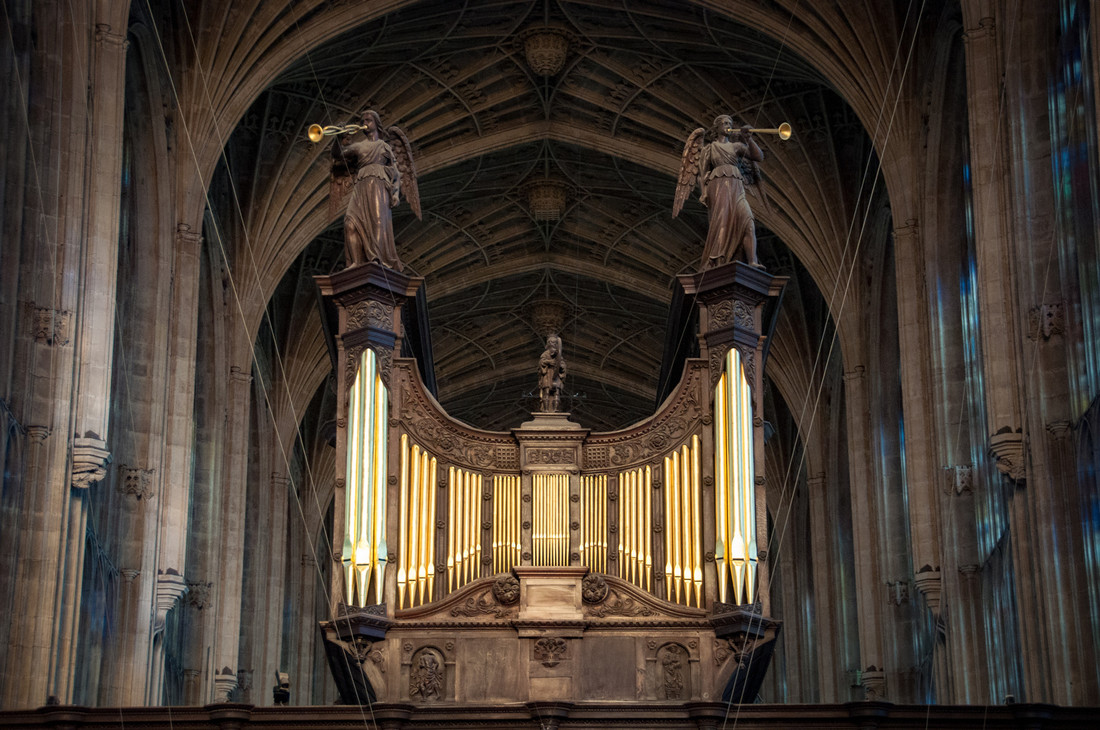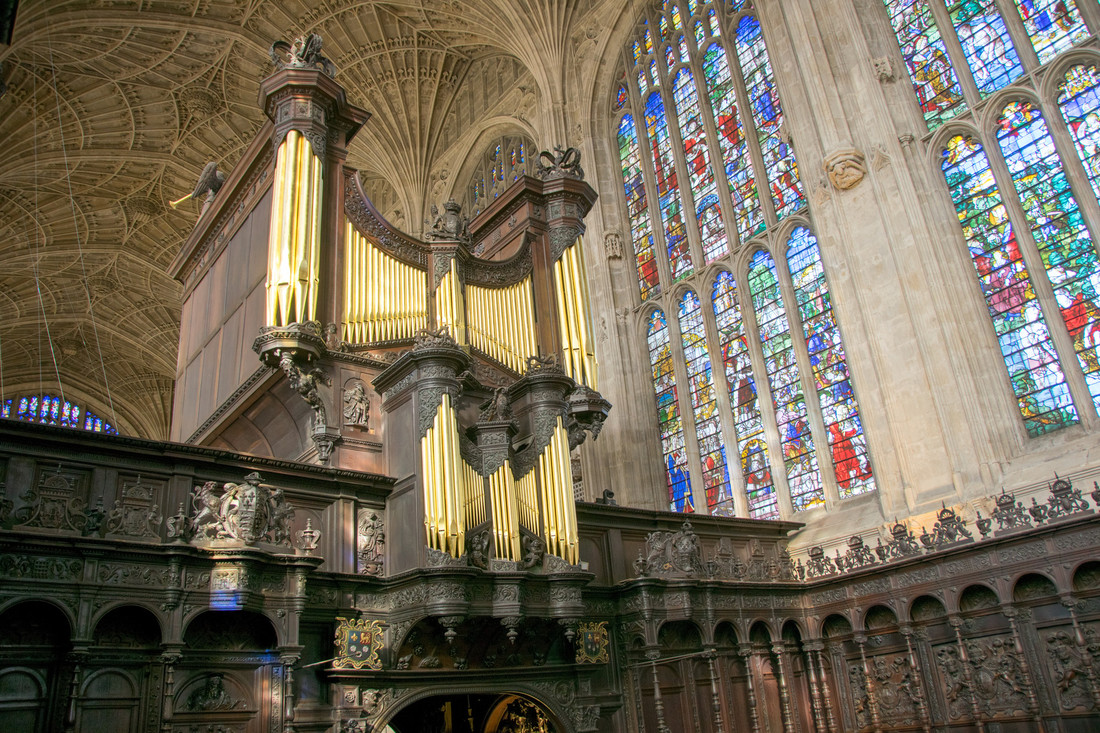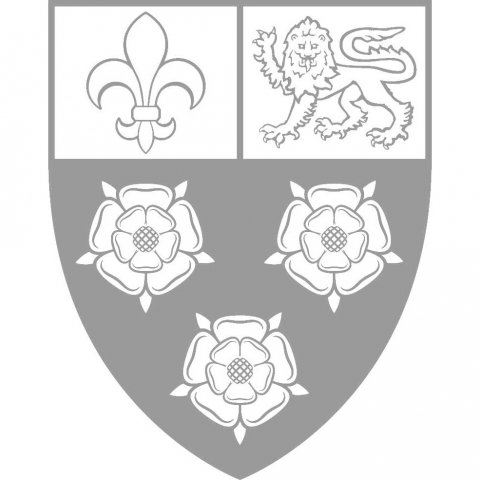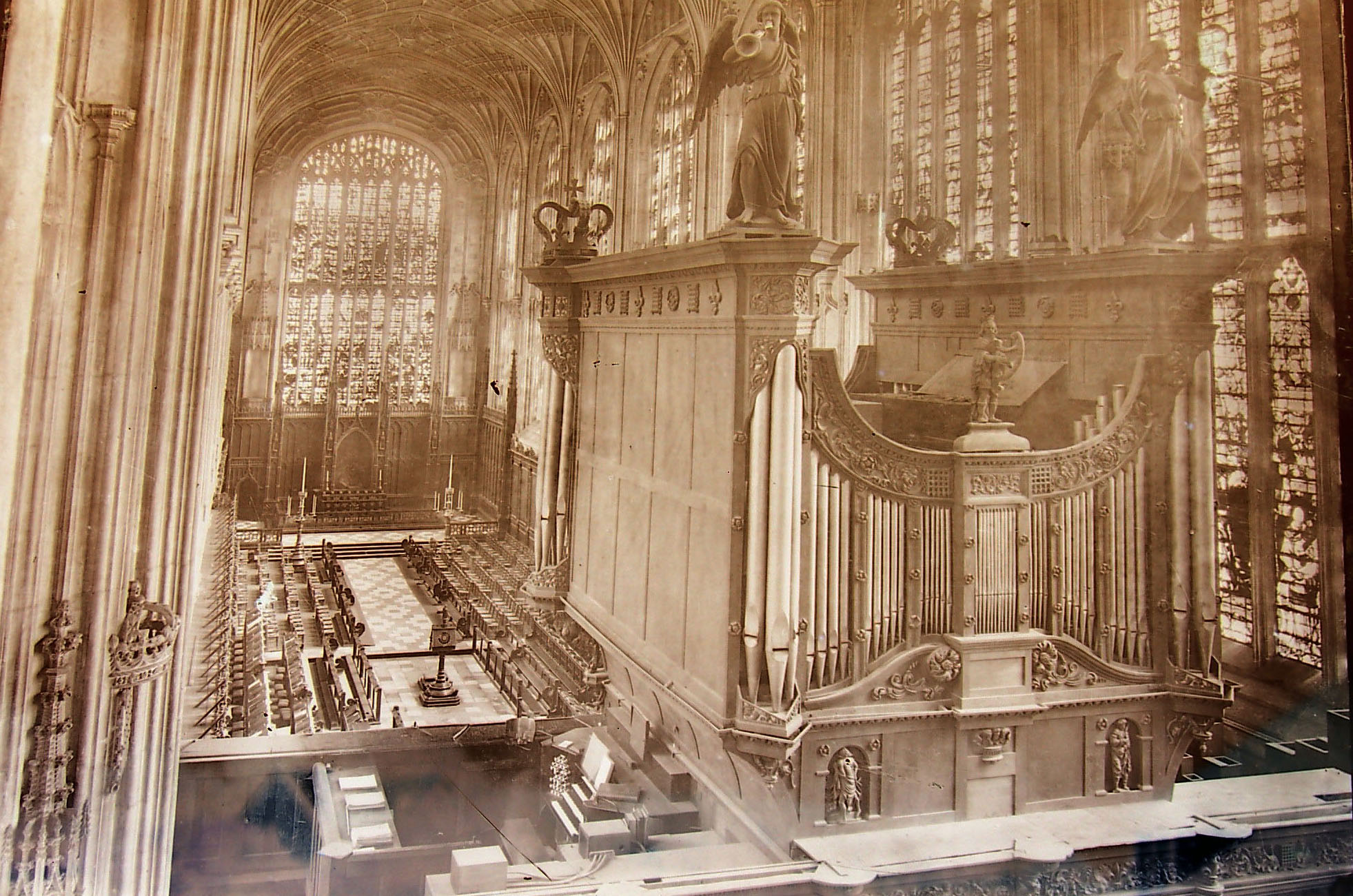Please note: This page was last updated before the restoration began, and is kept for archive purposes.
Historical Context
The organ builders Harrison & Harrison undertook selective work on the organ in 1992, with the intention of prolonging the period before the next major overhaul. In 2003 the company noted that these works were still holding up well, and undertook some minor work to maintain reliability.
At this point a report anticipated that a major overhaul would be necessary in 7-10 years' time, and that this would need to be extensive. This work would include full cleaning, comprehensive re-leathering of the internal actions, and some significant work on the wind system.
Today’s Opportunity
The 2003 report is proving to be an accurate assessment; significant problems are starting to appear, especially in the leatherwork of the internal action of the keyboards, much of which is perished. In recent years, tuners have patched motors as necessary, and further remedial work was undertaken to the Solo division in 2012. A full overhaul of the organ must now take place to ensure its continued operation.
This is the first opportunity in nearly 80 years to improve the organ's mechanism and layout too. The provision of new sound boards and internal actions will result in quieter mechanical operation overall, together with a better layout for the pipes in the south screen.
Moving the Pedal Chorus into the main case will improve balance and synchronisation with the rest of the organ. The work will provide clear musical benefits and a better experience for the player, without in any way altering the organ's overall character, which will be carefully preserved.
There are also important practical advantages. Simplification of the technical side of the instrument, together with the new soundboards and improved layout, will undoubtedly lead to greater long-term reliability. A further advantage will be ease of access both for tuning and maintenance; currently, some parts of the organ are almost impossible to reach. The reconfiguration of the instrument will also allow a far safer working environment to be created.



